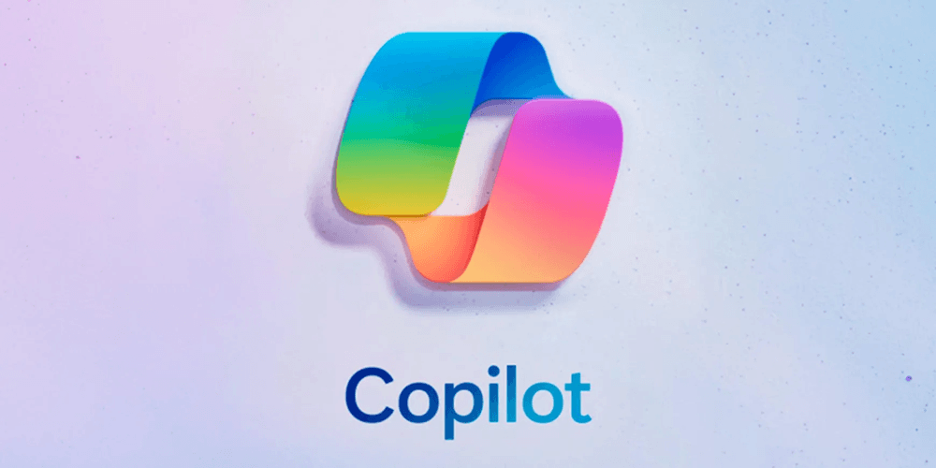What is Microsoft CoPilot? It is safe to say that the world has been captivated by generative AI, which can create original text responses from a simple prompt written in natural language. With the introduction of generative AI across Microsoft business applications—including Microsoft Dynamics 365, Viva Sales, and Power Platform—interactions with AI across business roles and processes are destined to become second nature.
Before your business starts using Microsoft Copilot capabilities in Dynamics 365, you may have questions about how it works, how it keeps your data secure, and other important considerations. That said, let’s take a look at some of the more common questions.
How does Microsoft Copilot work within Dynamics 365?
With Copilot, Dynamics 365 and Power Platform harness the power of foundation models coupled with proprietary Microsoft technologies applied to your organizations data.
Copilot requests an input prompt from a user in your Microsoft Dynamics 365 Sales or Microsoft Power Apps. It then preprocesses the prompt through an approach called grounding, which improves the specificity of the prompt, so you get answers that are returned are relevant and actionable to your specific task. It does this, in part, by making a call to Microsoft Graph and Dataverse and accessing your organizations data that you grant permissions to use for the retrieval of your content and context. It also scans the grounding to documents and data which are visible to the authenticated user through role-based access controls for added security.
This retrieval of information is referred to as retrieval-augmented generation and allows Copilot to provide exactly the right type of information as input to a large language model (LLM), combining this user data with other inputs such as information retrieved from knowledge base articles to improve the prompt. Copilot takes the response from the LLM and post-processes it. This post-processing includes additional grounding calls to Microsoft Graph, responsible AI checks, security, compliance and privacy reviews, and command generation.
Finally, Copilot returns a recommended response to the user, and commands back to the apps where a human-in-the-loop can review and assess. Copilot iteratively processes and orchestrates these sophisticated services to produce results that are relevant to your business, accurate, and secure.
What’s the difference between ChatGPT and Copilot?
 ChatGPT is a general-purpose LLM trained by OpenAI on a massive dataset of text, designed to engage in human-like conversations and answer a wide range of questions on various topics.
ChatGPT is a general-purpose LLM trained by OpenAI on a massive dataset of text, designed to engage in human-like conversations and answer a wide range of questions on various topics.
Copilot also uses an LLM; however, the enterprise-ready AI technology is prompted and optimized for your business processes, data, and security and privacy requirements. For Dynamics 365 and users, Copilot will suggest optional actions and content recommendations in context with the task at hand.
Here are a few ways Copilot stands out among other LLM applications:
-
- The AI-generated responses are uniquely contextual and relevant to the task at hand informed by the data in your ecosystem—whether responding to an email from within Dynamics 365, deploying a low-code application that automates a specific manual process, or creating a targeted list of customer segments from your customer relationship management (CRM) system.
-
- Copilot uses both an LLM, like GPT, and your business’ data to produce more accurate, relevant, and personalized results. Your data stays within your environment and is used to improve context only for your scenario. The LLM itself does not learn from your usage.
-
- Powered by Microsoft Azure OpenAI Service, Copilot is designed from the ground up on a foundation of enterprise-grade security, compliance, and privacy you’ve come to rely on.
How does Microsoft Copilot use your proprietary data?
Copilot unlocks business value by connecting LLMs to your business data—in a secure, compliant, privacy-preserving way.
Copilot has real-time access to both your content and context in Microsoft Graph and Dataverse. This means it generates answers anchored in your business content (your documents, emails, calendar, chats, meetings, contacts, and other data) and combines them with your working context, such as the meeting you’re in now or the email exchanges you’ve had to deliver accurate, relevant, contextual responses.
Copilot does not, however, incorporate customers’ data to train LLMs. Microsoft believes the customers’ data is their data and as such, the LLM is aligned to Microsoft’s data privacy policy. AI-powered LLMs are trained on a large but limited corpus of data—but prompts, responses, and data accessed through Microsoft Graph and Microsoft services are not used to train Dynamics 365 Copilot and Power Platform Copilot capabilities for use by other customers. Furthermore, the foundation models are not improved through your usage. This means your data is accessible only by authorized users within your organization unless you explicitly consent to other access or use.
Is your business harnessing the power of AI? Talk to one of our experts about Copilot and Microsoft’s suite of business applications. Contact us today.


